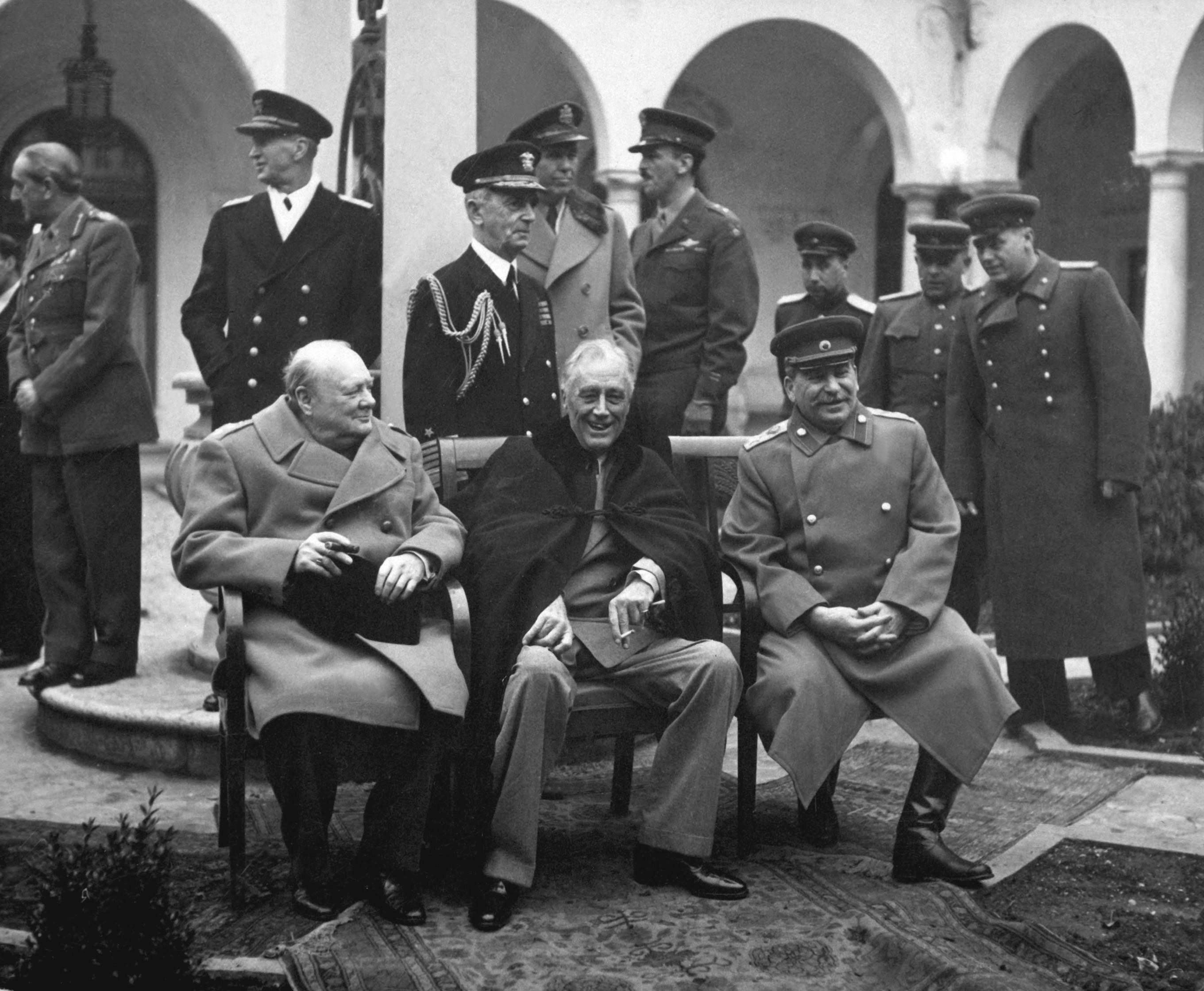

How is the Day by day WW2 series from the people that made the WW1 day by day? Never really watched either of them past a few episodes


How is the Day by day WW2 series from the people that made the WW1 day by day? Never really watched either of them past a few episodes


i wont be playing it but byzantium always


does the typical advice of “join an org” still apply if the org isnt a communist party but a palestine solidarity group


is there even any audiobook of this because i couldnt find any


Apparently Ukraine has issues with its drones because of the market making a bunch of different drones/drone parts that aren’t necessarily mutually compatible, leading to chaos on the frontline among drone operators.
According to the same military blogger, Russia basically only makes one type of drone so they don’t have that issue.
I found this particularly interesting reading through this piece by the eventsinukraine substack so I thought I’d share it here:
There’s only one question — quality — and it’s pretty bad, because every FPV manufacturer is trying to get into this field.
But not every manufacturer understands that making drones is not the same as making optics, and as a result we have personnel who weren’t trained and weren’t provided with the necessary gear to service optics working with the attitude that if it only flies every other time — that’s already great.
Different manufacturers, different optics, different batteries, different kits — and that creates overall chaos, because each manufacturer requires specific equipment.
For example, at one position in my unit there are as many as nine ground stations and it’s just a fucking disaster when you’re constantly switching from one to another and, as a result, it all turns into a complete mess and the equipment gets ruined.
You won’t be surprised when I say who acts most sensibly here — the removeds [EIU - the standard term among Ukrainian militarists for the Russians], who in our experience in most cases use one type of drone with optics that everyone basically knows.
I understand we’re supposed to have a market, healthy competition, but for us that turns into a side effect where anyone and everyone rushes to the trough [a hint at corruption - EIU] and as a result we end up saturating the army with a bunch of useless drone models.
Radio gear is similar, but in optics this shows up most clearly because of the complexity of the design.


thanks for the headsup about freedom news ill move them to the lib news section of my feed lmao


I have: Breakthrough news, CGTN, Drop Site news Freedom news (anarchist but sometimes interesting niche ultra-local news) Liberation news Mondoweiss (for more Palestine specific news), Monthly Review People’s Dispatch Tricontinental Michael Roberts’ blog (marxist economist/econ posts)
on my RSS feed. a lot of these will overlap specially the news ones but the ones like Tricontinental or Monthly Review are more analysis and papers


as far as i heard unless someone with a sub archives it not really


why did Castro and the Cuban revolutionaries call themselves (a) mailman/mailmen what is this historical inside joke i couldnt find any info online


It is, unfortunately, I was using it as my primary browser on my phone for a while.
This is their github page:


so is the play just holding cash until it bursts then buy the dip?


There’s also Ironfox which is a (spiritual?) successor to Mull and it gets consistent updates


someone once told me the most dangerous part about flying is getting to the airport, helped me out initially with my first time flying


Last Gaza Flotilla boat, the Marinette, ‘still sailing strong’. The Polish-flagged boat is expected to be stopped within hours.
https://www.aljazeera.com/video/newsfeed/2025/10/3/last-gaza-flotilla-boat-still-sailing


sending love from Europe Soliman stay strong and wish safety health and all the best for you and your people 🤎🤎🤎


i thought about this as well recently, but then again so long as the absence of vanguard parties persists im not sure we’re gonna be seeing any more than the same old spontaneity and emergency protests methinks, in my area at the very least the “communist” parties resign themselves to plastering their newspaper on walls and calling China capitalist
but it sure feels like the frequency and intensity of happenings has been accelerating recently i agree


Would Russian victory and military occupation of Ukraine then constitute a defeat for US Empire and imperialism?


US economy may be weaker than reported (unsurprisingly)
Average growth for the first half of the year is 1.6 percent despite the 3.8 percent revision in the second quarter, at the very least according to this one Dean Baker
The Economy Grew at a 1.6 Percent Rate in the First Half Dean Baker
Some folks have gotten a bit carried away with the revisions that put the second quarter growth rate at 3.8 percent. That does look impressive in isolation, but it is important to remember the economy shrank at a 0.6 percent rate in the first quarter.
That puts the average at 1.6 percent for the first half of the year. That’s not terrible but it is hardly cause for celebration. Remember, the economy grew 2.4 percent last year and the vast majority of forecasters expected growth at this rate to continue.
And we really do need to look at the two quarters together. Just as unusual factors were responsible for the fall in GDP we saw in the first quarter, they are also responsible for the strong growth reported for the second quarter.
To take the most notable example, the lower trade deficit added 4.83 percentage points (PP) to growth in the second quarter. A pre-tariff surge in the trade deficit subtracted 4.63 PP from growth in the first quarter. Only a devoted Trumper would focus on the second quarter number without mentioning the first quarter jump in the trade deficit.
Moving beyond the irregular numbers, we get that non-residential fixed investment added 0.98 PP to growth in the second quarter after adding 1.24 PP in the first quarter. The first quarter growth was partly due to pre-tariff stockpiling but the second quarter growth on top of this indicates we are looking at something sort of real. This is the AI boom. If that turns into a bust, we will see this growth quickly reversed.
Consumption accounts for the bulk of GDP and here the story is pretty blah. The second quarter’s growth rate was a healthy 2.5 percent, accounting for 1.68 PP of the quarter’s growth. But this followed a growth rate of just 0.6 percent in the first quarter, leaving an average of rate of 1.6 percent for the first half. That’s not horrible, but certainly not great.
We also have seen evidence that the growth in consumption has been concentrated among higher income people who are spending their stock gains. That is consistent with my simple measure of looking at real spending at fast food restaurants. I consider this useful since it’s unlikely that rich people increase their consumption of fast food because their stock portfolio is worth more.
And spending on fast food has to rank as largely a discretionary purchase. It is one thing that is relatively easy to cut back on if a family has to tighten its belts. Real spending at fast food restaurants was just 0.3 percent higher in the second quarter than the average for 2024. That doesn’t look like most people are feeling good about the economy.
Tomorrow, we will get new data on consumption for August, along with revisions for prior months’ data. Maybe that will show a different story, but for now, it looks like we have a weak economy that is being sustained by the AI boom. That boom could go on for a while and keep the economy moving forward, but it may not.


what do yall read when you want contemporary analysis n effort posting
China released a white paper today on “Carbon Peaking and Carbon Neutrality China’s Plans and Solutions.”, if anyone’s interested in perusing. I haven’t had the time to look over it and see if there’s anything interesting, though:
Full text